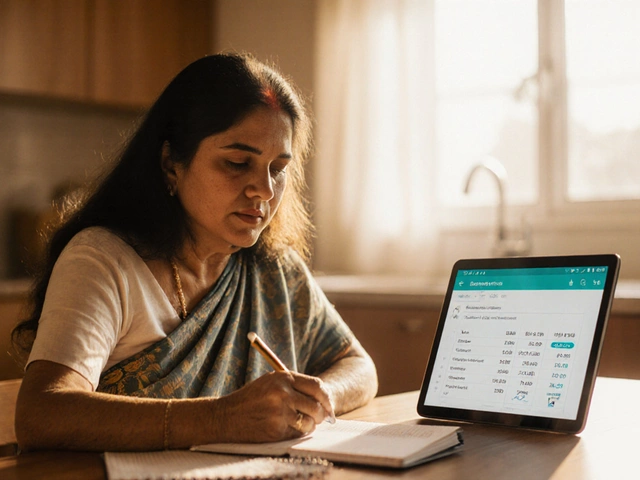Ayurvedic Daily Routine: Simple Morning and Night Habits for Balance and Energy
When you wake up feeling drained, even after eight hours of sleep, your body might be out of sync with its natural rhythm. That’s where the Ayurvedic daily routine, a traditional Indian system of daily habits designed to align your body with nature’s cycles. Also known as dinacharya, it’s not about rigid rules—it’s about listening to your body and moving with the day, not against it. Unlike modern routines that rush you out of bed and into caffeine, Ayurveda starts with stillness. It asks: What’s your body type? Are you Vata, Pitta, or Kapha? Your routine isn’t one-size-fits-all. A Vata person needs grounding, a Pitta person needs cooling, and a Kapha person needs stimulation. The same routine won’t work for everyone, and that’s the point.
The core of this system is timing. Waking up before sunrise, drinking warm water with lemon, scraping your tongue, oil pulling with sesame or coconut oil—these aren’t trendy Instagram hacks. They’re ancient tools backed by centuries of observation. Even brushing your teeth with herbal powders like neem or triphala is part of it. The goal? To remove toxins (ama) before they build up. Then comes yoga or light movement tailored to your dosha, followed by a warm, cooked breakfast. Lunch is your biggest meal—when your digestive fire is strongest. Dinner? Light and early. And before bed? A warm bath, gentle massage with oil, and five minutes of quiet breathing. No screens. No stress. Just rest.
This isn’t just about physical health. It’s about mental calm. People who stick to even a simplified version of this routine report better sleep, fewer digestive issues, and less anxiety. It’s not magic—it’s consistency. You don’t need to do everything. Start with one thing: drink warm water first thing in the morning. Then add tongue scraping. Then oil pulling. Small steps, repeated daily, change everything. The posts below cover what herbs to use, how to adjust your diet for your body type, what side effects to watch for, and how to make this work in a busy modern life. You’ll find real, practical advice—not theory. Just what works, day after day, for real people in India and beyond.





